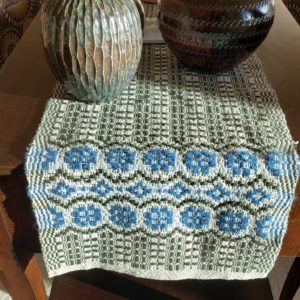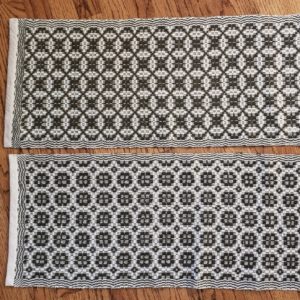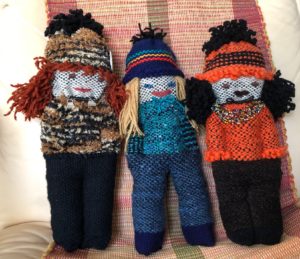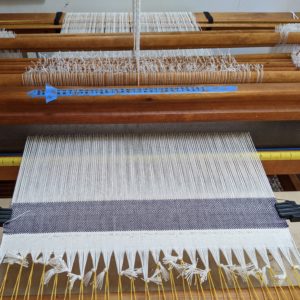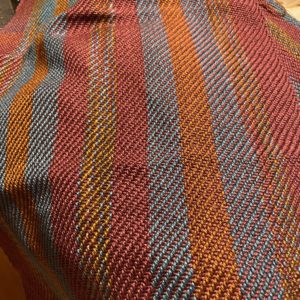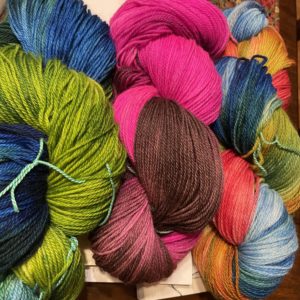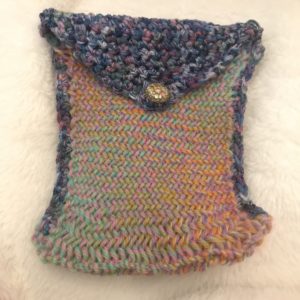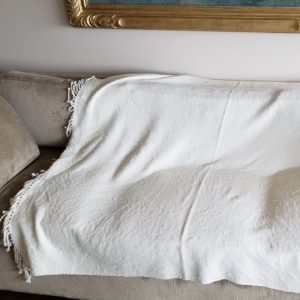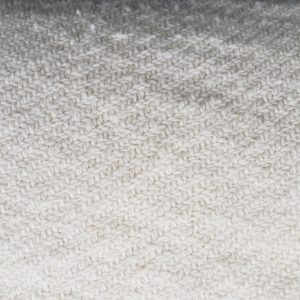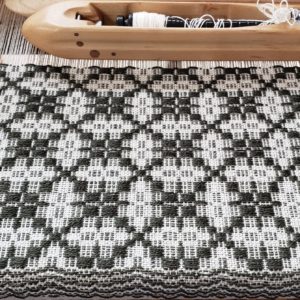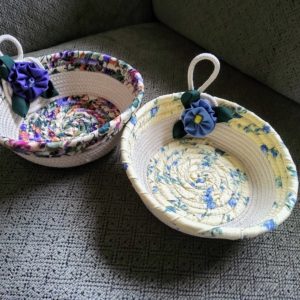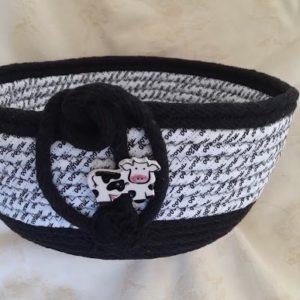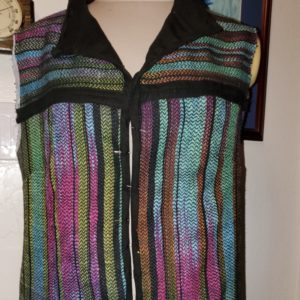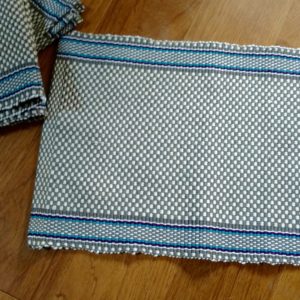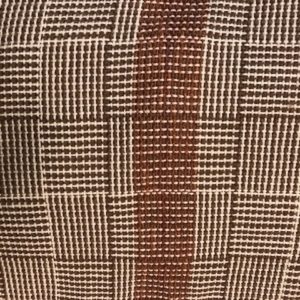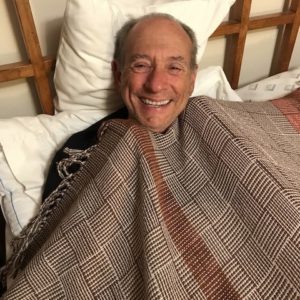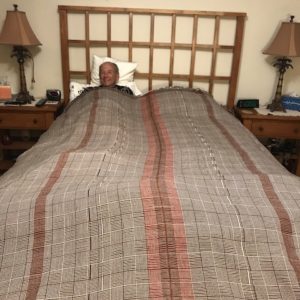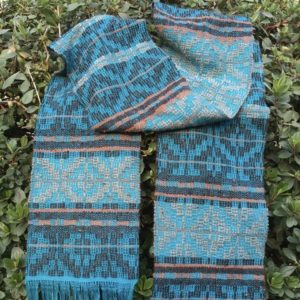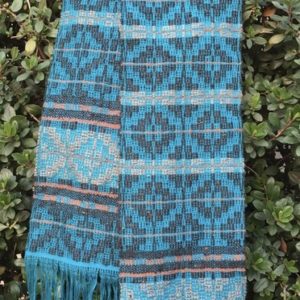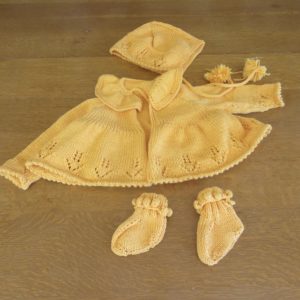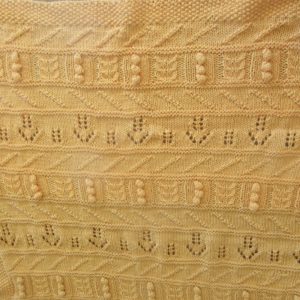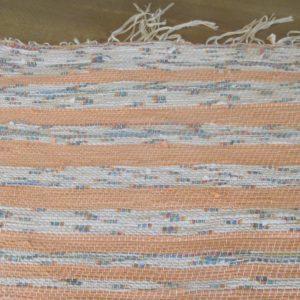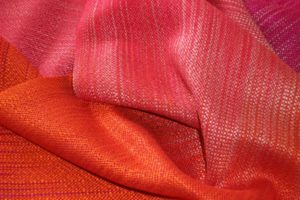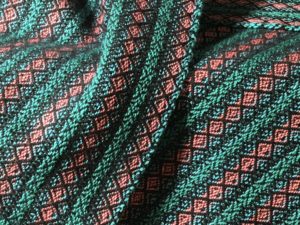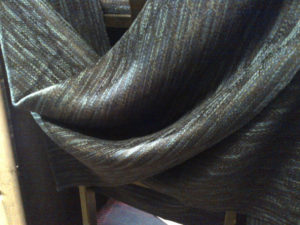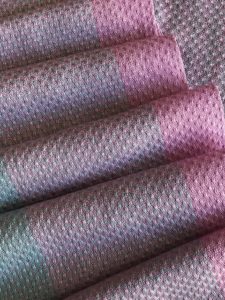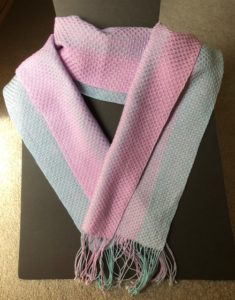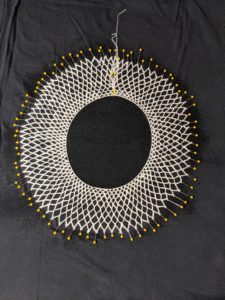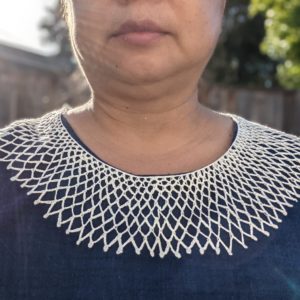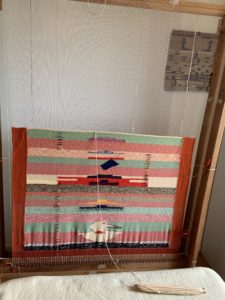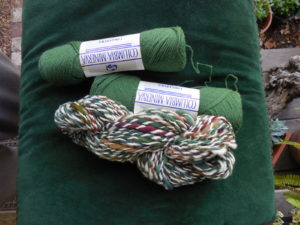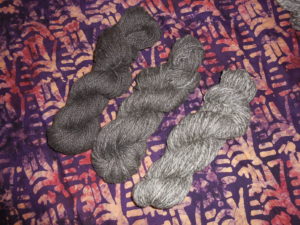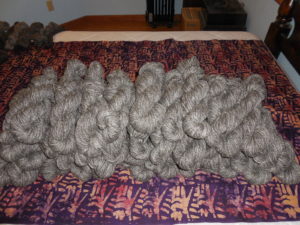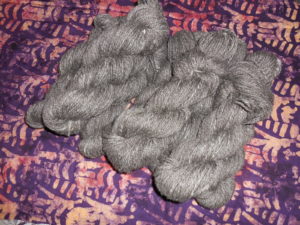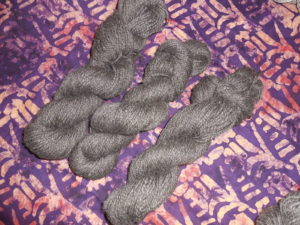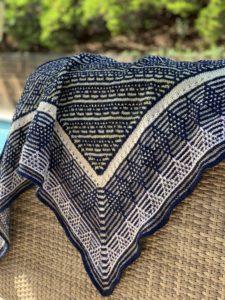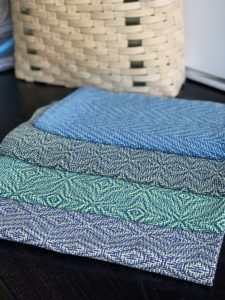Totally Twill – The Basics
 Twills are one of the most versatile weave structures and the possibilities are amazing! The breadth of weaving twills can be a bit daunting, but so much fun! In this program, Robyn will cover the basics from straight draw and point twills and then move on to broken, undulating, M&W, Dornick, plaited, and turned twills.
Twills are one of the most versatile weave structures and the possibilities are amazing! The breadth of weaving twills can be a bit daunting, but so much fun! In this program, Robyn will cover the basics from straight draw and point twills and then move on to broken, undulating, M&W, Dornick, plaited, and turned twills.
Robyn Spady was introduced to handweaving as a baby with her handwoven baby blanket woven by her great-grandmother. Inspired by her blankie, she learned to weave at a young age and has been weaving for over 50 years. She completed HGA’s Certificate of Excellence in Handweaving (COE-W) in 2004 with the specialized study Loom-controlled Stitched Double Cloth. Robyn is fascinated by the infinite possibilities of crossing threads and loves coming up with new ideas to create fabric and transform it into something new and exciting. She is committed to turning the weaving world on to double-faced fabrics, four-shaft weaves, uncommon and advanced weave structures, and passementerie techniques.
In 2016, Robyn launched Heddlecraft®, a digital magazine for handweavers. She believed there was a void in educational resources for the intermediate-to-advanced weaver (and adventure-seeking beginners).
 Are you a member of that illustrious “full-size sample” club, feeling guilty that you should have sampled first…but there wasn’t enough time, yarn, or money available, and you were sure your weaving software would figure out everything for you? Listen up! The aim of sampling is to acquire information, not cause guilt or pain! Stop treating sampling as a dreaded disease – sampling IS weaving and can significantly improve your textiles.
Are you a member of that illustrious “full-size sample” club, feeling guilty that you should have sampled first…but there wasn’t enough time, yarn, or money available, and you were sure your weaving software would figure out everything for you? Listen up! The aim of sampling is to acquire information, not cause guilt or pain! Stop treating sampling as a dreaded disease – sampling IS weaving and can significantly improve your textiles.